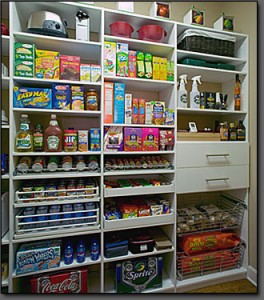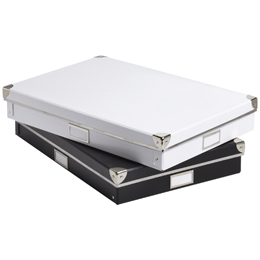Spring is a popular time of year for weddings. Following this joyous occasion, many will be tasked with the process of joining of their two households. This consolidation often requires tough choices and concessions to be made, but if you tackle the task in an organized fashion it does not have to be painful. In order to help decrease the possibility for complications (and marital tension), we’ve created a guide for how to execute a merge in the WOW way.
The first step in merging two households is to take an inventory of everything. With a complete inventory you can then determine if there are duplicates (keep the newer/nicer version) or items in need of purging (old, broken, unused). Although many duplicates will be obvious, others are easily overlooked, such as linens and kitchen tools. Following the removal of the these types of items, you should then assess the amount of combined belongings versus the amount of space in the new home.
If space is limited, begin discussing which items are must-haves and which are negotiable. In this process, keep in mind that just even though you hate his old Lazyboy chair, it may be his favorite piece of furniture and thus a keeper. If these discussions are particularly heated, consider inviting an impartial third party, such as WOW, to make the final judgement. The outsider does not have the same emotional attachments and thus can make decisions based on quality, necessity, or space requirements, etc.
While reviewing the inventory, take notes as to which items are moving and which are being purged. You should also note the new location of where the item will live to ensure that you actually have space for it. If the intended storage location is to remain unpacked in the moving box, in the basement, it may not be something you absolutely need to keep.
After you have conducted the move, the next task is to thoughtfully merge the items in the new home. Many find it to be a challenge to blend the design aesthetic of two individuals, so we often recommend several things. First, assess the two looks and determine if a few new purchases will help create a smooth synthesis. Small items like new throw pillows can seamlessly blend artwork or other items that would have otherwise looked out of place. Couples can also mix their styles by finding new and creative uses for furniture doubles that simply cannot be parted with. For example, if you end up with two beloved dressers, repurpose one to be a dining room console or hallway storage unit. A final option is to enlist the help of an interior designer.
Although many aspects of this process will be stressful, having an organized and beautifully merged household will be conducive to long-term harmony.
Good Luck!
TWOW















